URGENT REQUIREMENT FOR EFFECTIVE SOLUTIONS
Durian has become one of the main agricultural export products, bringing a large source of income to Vietnamese farmers. According to the Department of Crop Production and Plant Protection, after signing the Protocol with China (2022), Vietnam's durian exports exploded, reaching more than 3 billion USD in 2024. However, in just the first 4 months of 2025, exports decreased by 66.6% in turnover compared to the same period, with the Chinese market alone decreasing by more than 75%.
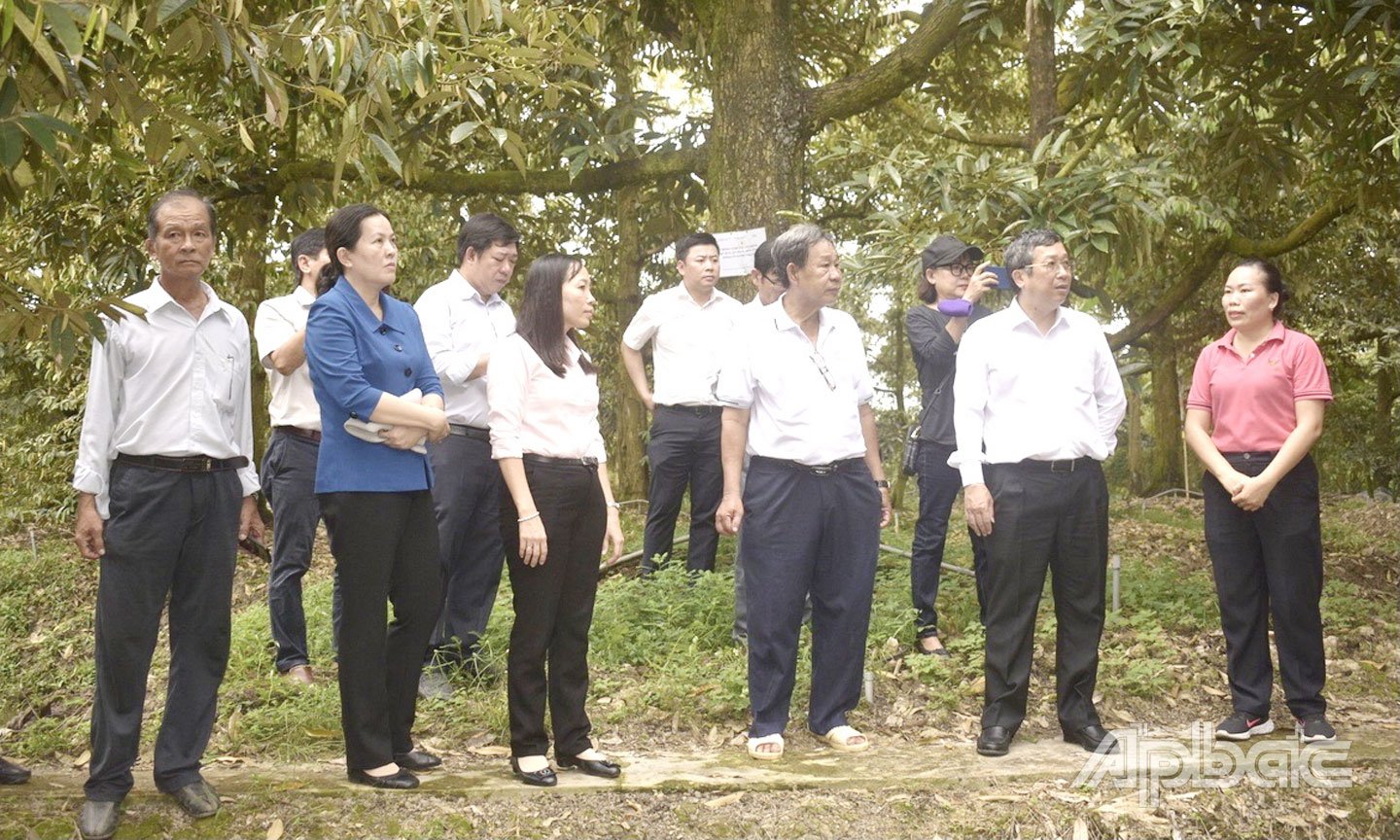 |
| Deputy Minister of Agriculture and Environment Hoang Trung surveyed the cadmium decomposition model on durian trees in Cai Be and Cai Lay districts, former Tien Giang province (now Dong Thap province). Photo: Provided by NNT |
The main reasons are the decline in Chinese market consumption, fierce competition from Thailand, Malaysia and Cambodia, along with strict control requirements for Cadmium and Yellow O. While Thailand has reduced the inspection frequency to 30%, Vietnamese durian still has to be inspected by China for 100% of shipments, putting great pressure on farmers and businesses.
A report from the Plant Protection Department of Tien Giang province (now Dong Thap province) clearly stated that, as soon as it received notice of the Cadmium incident in 2024, the Ministry of Agriculture and Rural Development (now the Ministry of Agriculture and Environment ) directed the Plant Protection Department (now the Department of Crop Production and Plant Protection) to promptly take the initiative in identifying the cause and proposing solutions for the locality; including implementing Cadmium reduction models in Tien Giang.
The solutions deployed by the Ministry focus on three main groups: Raising soil pH; using biological products and bochar to fix Cadmium (converting it from soluble to indigestible form); applying solutions to reduce Cadmium in the soil (such as planting mint). In addition, the Ministry has also announced a list of more than 60 types of "safe" fertilizers.
Faced with this urgent situation, the provincial Department of Agriculture , especially the provincial Plant Protection Department, has continuously researched and proposed breakthrough solutions. In particular, the solution of using VSV preparations in combination with organic fertilizers to decompose Cadmium in the soil for growing fruit trees has been proposed by Master Nguyen Ngoc Thanh as a solution to decompose Cadmium on durian fruit and a typical pilot on durian trees in Cai Be and Cai Lay districts was carried out from February 2025 to June 2025, chaired by the provincial Plant Protection Department.
Cai Be and Cai Lay districts of Tien Giang province were previously the province’s key durian growing areas. With terrain and soil conditions suitable for durian trees, these are the places that most need a sustainable solution to maintain and develop this valuable fruit tree.
TOWARDS BIO-SAFE FARMING
Mr. Nguyen Ngoc Thanh said that the solution was implemented at the durian garden of Mr. Nguyen Van Linh (Hamlet 4, Tan Hung Commune, Cai Be District before; now Thanh Hung Commune, Dong Thap Province) with an area of 6,000 m2 (about 90 6-year-old trees); the durian garden of Mr. Tran The Bay (Hamlet 16, Long Trung Commune, Cai Lay District before; now Long Tien Commune, Dong Thap Province) with an area of 5,000 m2 (planting density of 15 trees/1,000 m2 land) and the durian garden of Mr. Nguyen Manh Tien (Hamlet 3, An Thai Trung Commune, Cai Be District before; now Thanh Hung Commune) with an area of 4,000 m2 (planting density of 16 trees/1,000 m2 land). All 3 households cultivate the Ri6 durian variety.
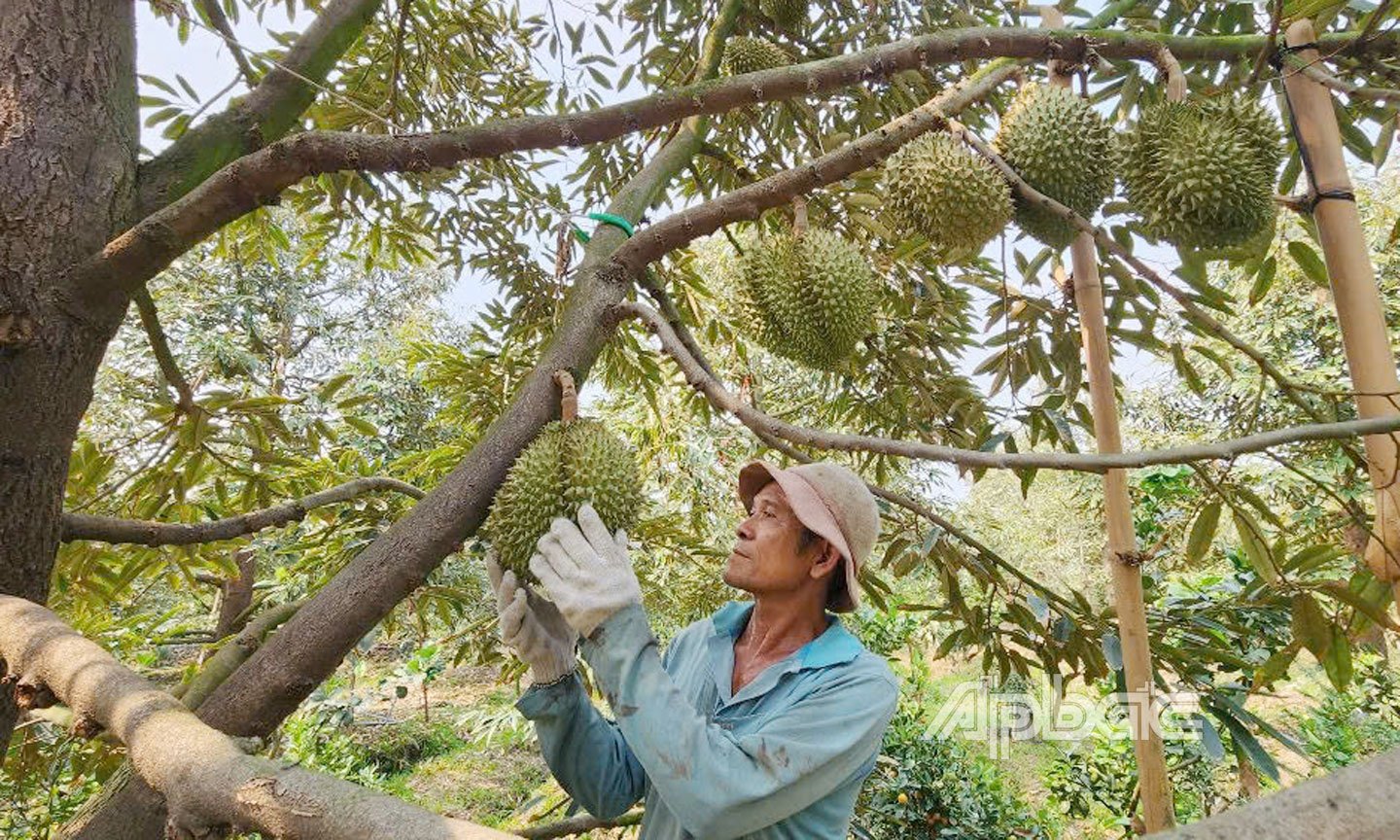 |
| Durian harvest. Photo: TL |
Specifically, Mr. Thanh used 4 kg of VSV preparation mixed with 100 kg of quail manure (4 bags of 25 kg) of RVAC Company for root fertilization; used 5 kg of VSV preparation mixed with 10 kg of bat manure and 100 liters of water in a 200-liter plastic tank.
Incubation time is 3 - 3.5 months, then water the durian roots in the ratio: 1 liter of the preparation mixed with 20 liters of water, water the roots every 15 days, spray on the foliage every 10 days (only mixed with pesticides, planthoppers). The principle of this solution is based on the ability of beneficial microorganisms to transform, fix or reduce the mobility of Cadmium in the soil, thereby preventing absorption by plants.
With the results achieved from the solution to decompose Cadmium on durian fruit and the typical pilot on durian trees in the past time, Mr. Nguyen Ngoc Thanh participated in the 16th Tien Giang Province Technical Innovation Contest and won the Third Prize of the Contest. Sharing with us, Mr. Nguyen Ngoc Thanh said: “I have just retired according to Decree 178/2024 dated December 31, 2024 of the Government. I am currently at home but still continue to do scientific research to help farmers apply in agricultural production, that is my passion in my career. As long as I am healthy, I will continue to contribute without stopping.” |
When combined with organic fertilizers, the soil environment will become more fertile, creating favorable conditions for microorganisms to grow and operate more effectively. Organic fertilizers not only improve soil structure, increase water retention and nutrient retention, but also provide carbon and energy sources for microorganisms, helping them to maximize their role in decomposing pollutants. This is an important step forward, instead of focusing only on processing the final product, this solution solves the problem from the root, right at the root zone of the plant.
Through the results of implementing the above Cadmium reduction models, it is shown that the solution of using microorganisms combined with organic fertilizers to decompose Cadmium in the soil brings practical results and guides farmers to cultivate crops in a biologically safe direction, supplement beneficial microorganisms for the soil, reduce the use of fertilizers and chemicals, help save production costs, increase productivity, increase profits, especially when agricultural products are produced safely, ensure export standards, and increase farmers' income.
In addition, the application of solutions helps the soil environment become loose and fertile, prolongs the life of soil and trees, restores degraded and exhausted gardens, reduces pollution caused by the use of fertilizers and chemicals, contributes to environmental protection, develops green and circular agriculture in a sustainable direction; in particular, the decomposition of Cadmium content in soil, fruit trees in general and durian trees in particular contributes to creating safe products, ensuring export standards, protecting the health of farmers and consumers, and preventing diseases.
In particular, according to Mr. Thanh, this solution is easy to apply because the raw materials for production are easy to find domestically; it can be applied on many scales: household, farm production. The research results have been tested and certified by the Southern Fruit Institute; it can be replicated and applied to fruit orchards (durian trees) in the province and the whole country.
The success of this solution in the above pilot models is not only good news for Dong Thap farmers, but also for other provinces and cities in the Mekong Delta region and the whole country. The solution to decompose Cadmium using microorganisms and organic fertilizers is not only a farming technique, but also a commitment to quality, food safety, towards a modern, efficient and environmentally friendly agriculture.
With these efforts, Vietnamese durian is expected to soon regain its position, confidently conquering "difficult" markets towards sustainable development for durian trees in particular and fruit trees in general.
HOAI THU
Source: https://baoapbac.vn/kinh-te/202507/hieu-qua-buoc-dau-tu-giai-phap-phan-giai-cadimi-tren-trai-sau-rieng-1046681/


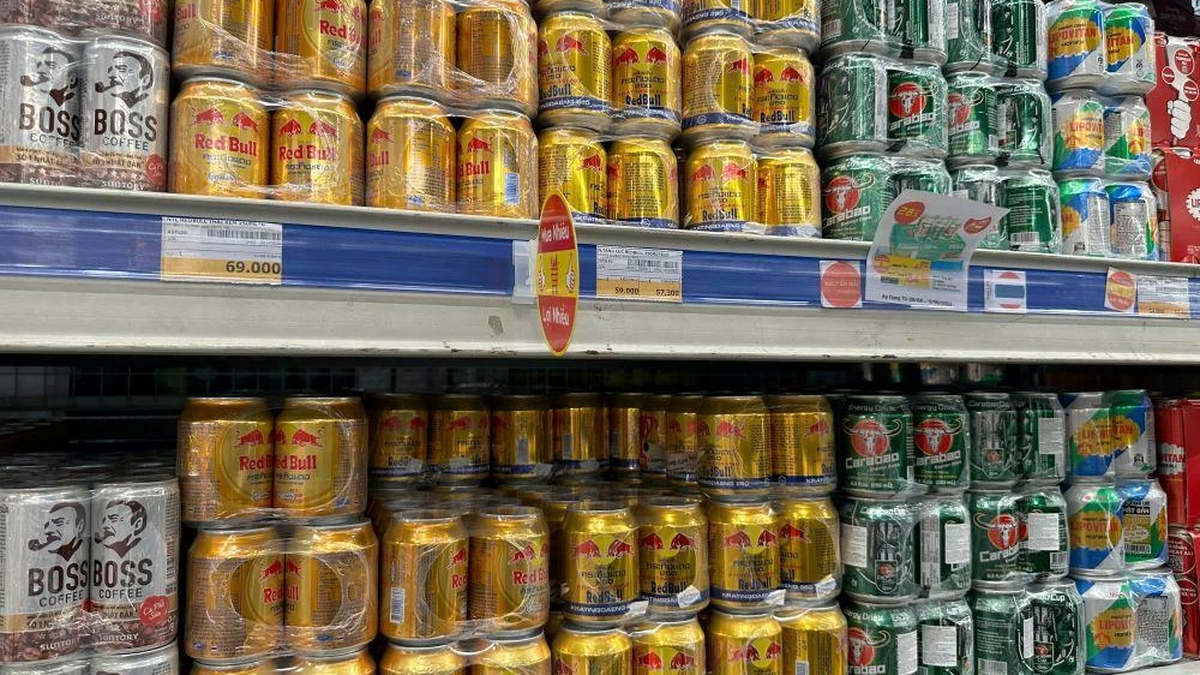
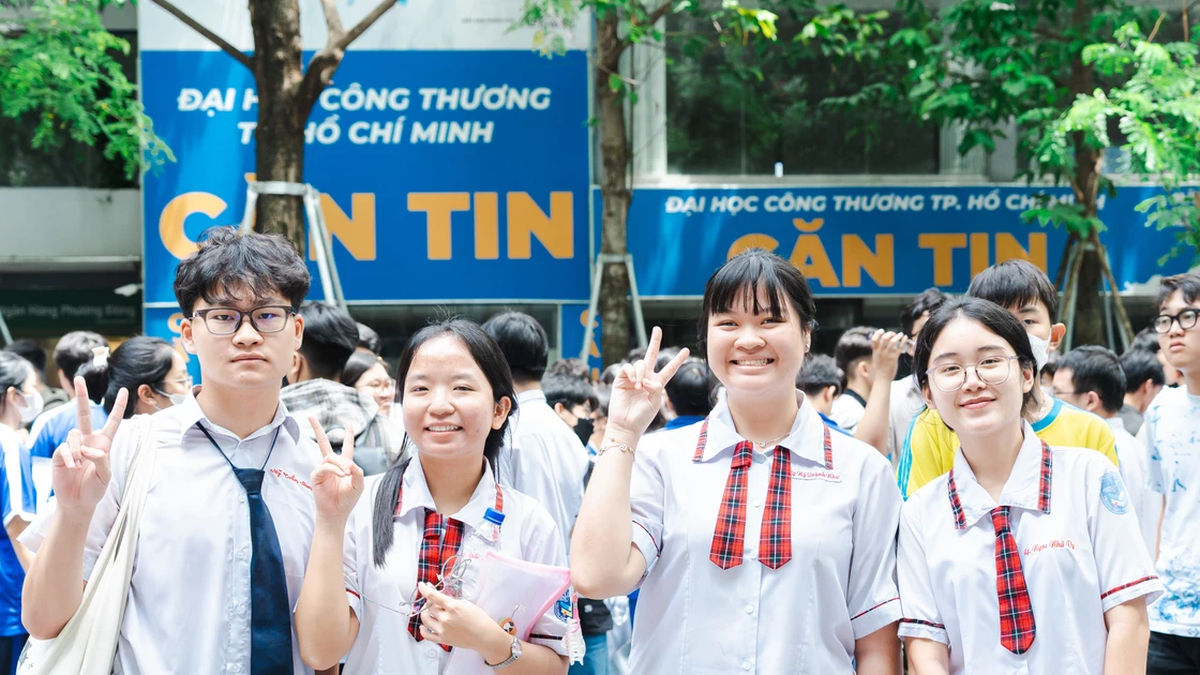


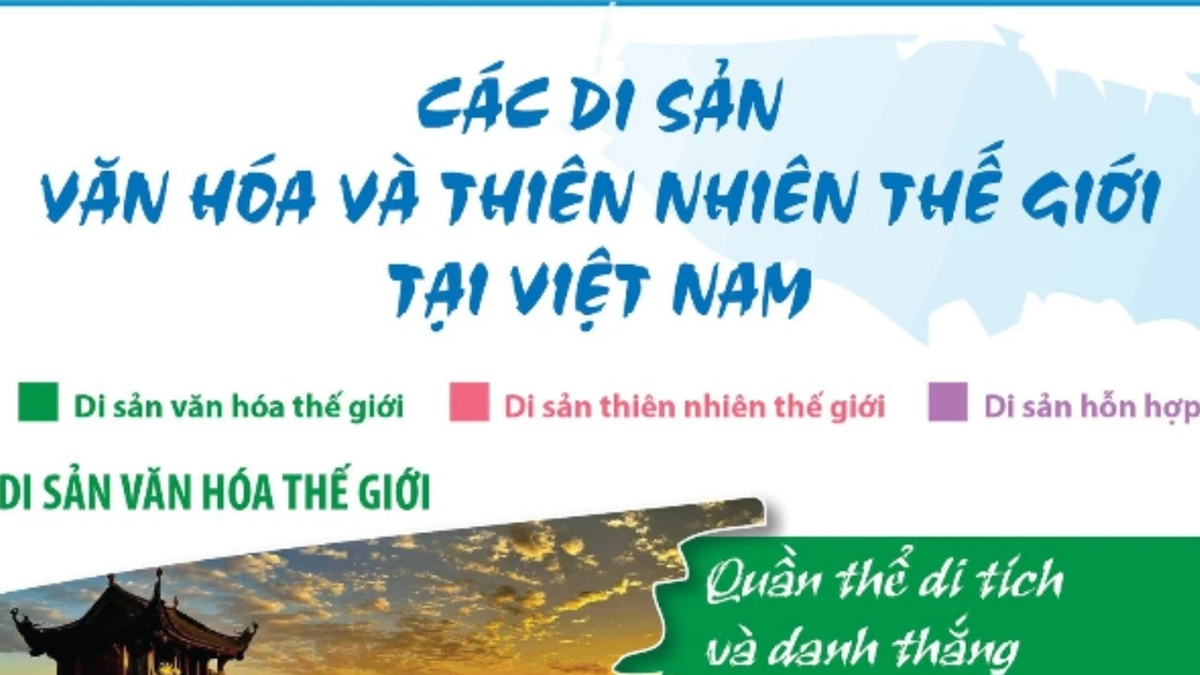
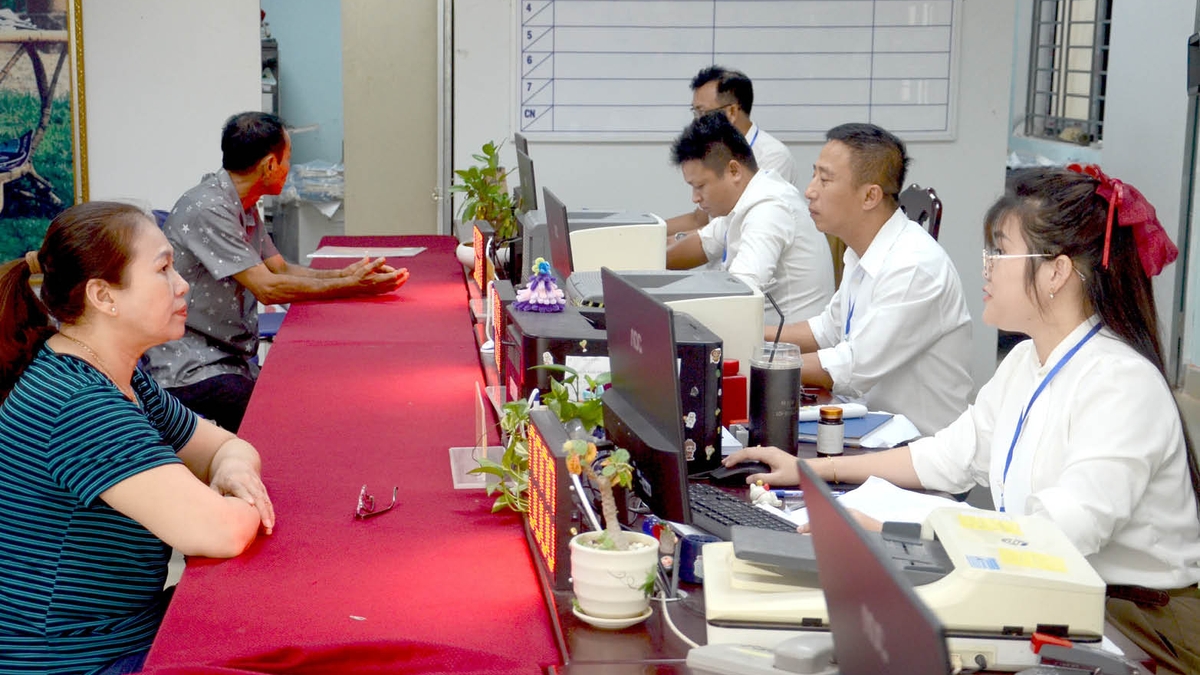

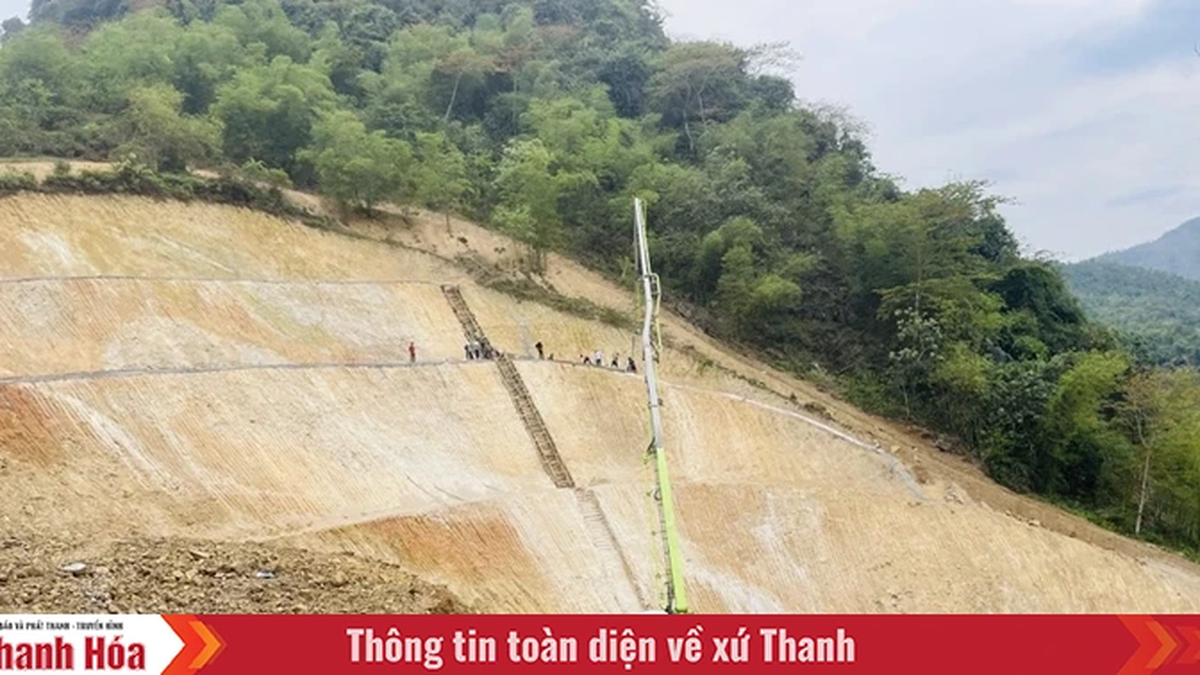
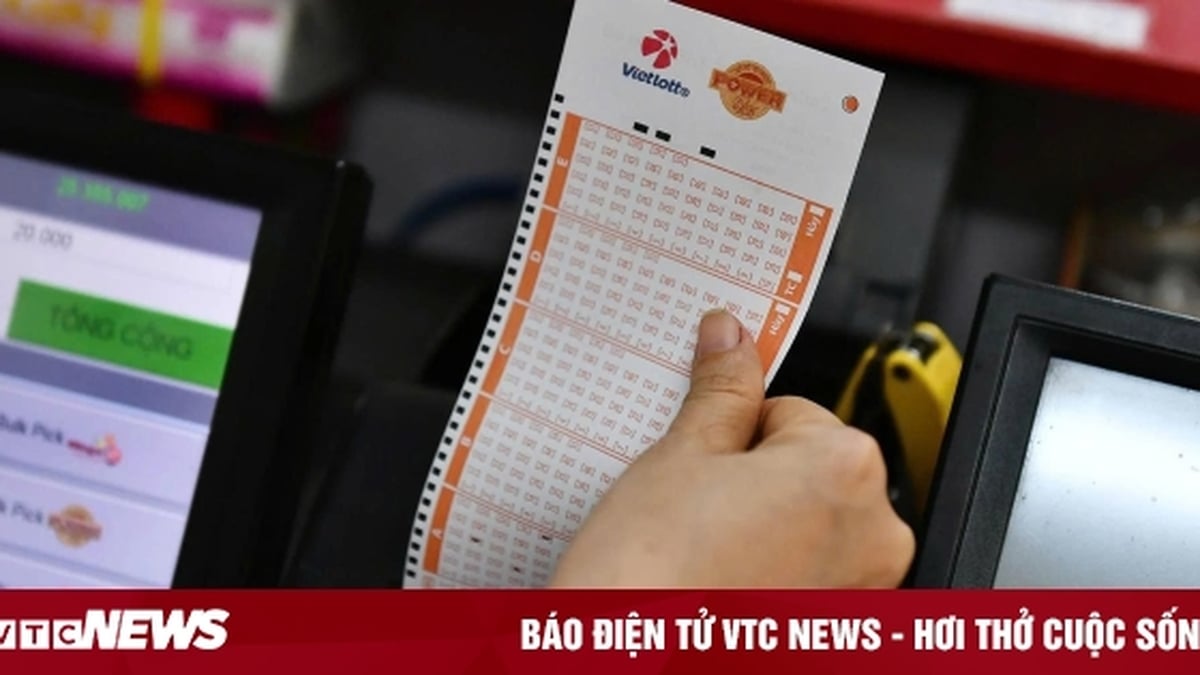
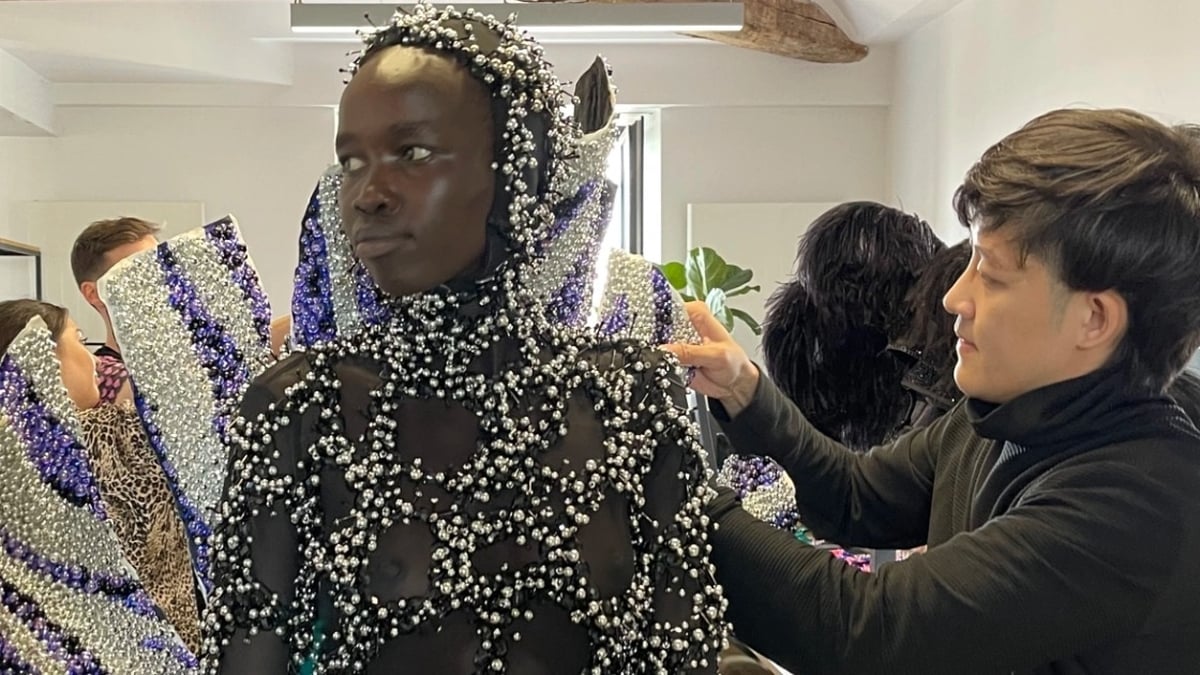
























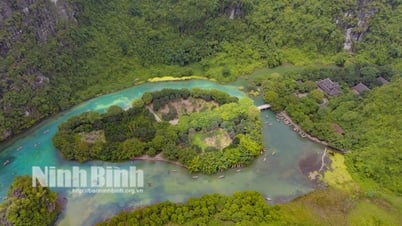





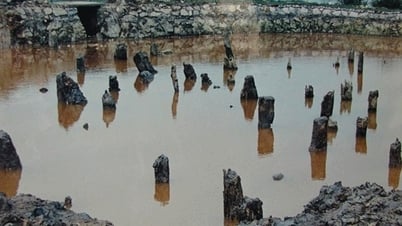

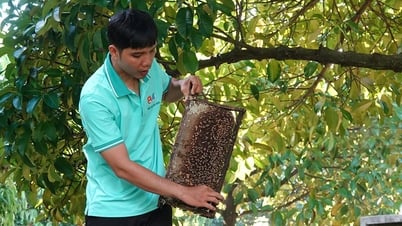



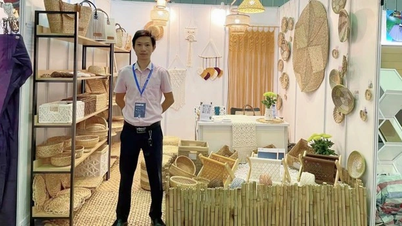
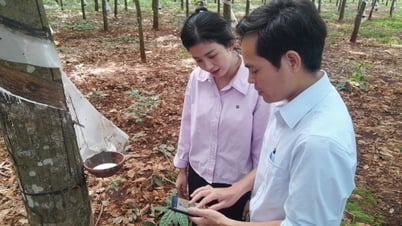



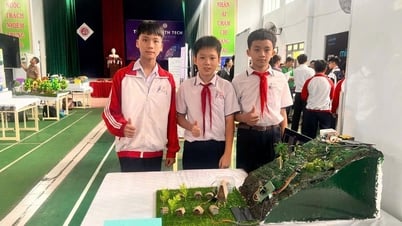








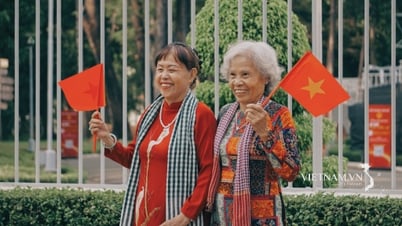













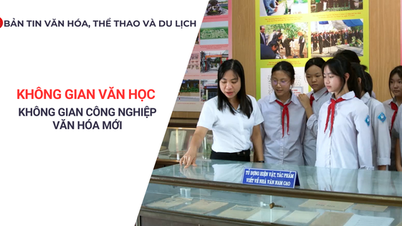

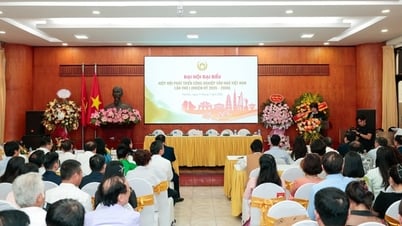






















Comment (0)